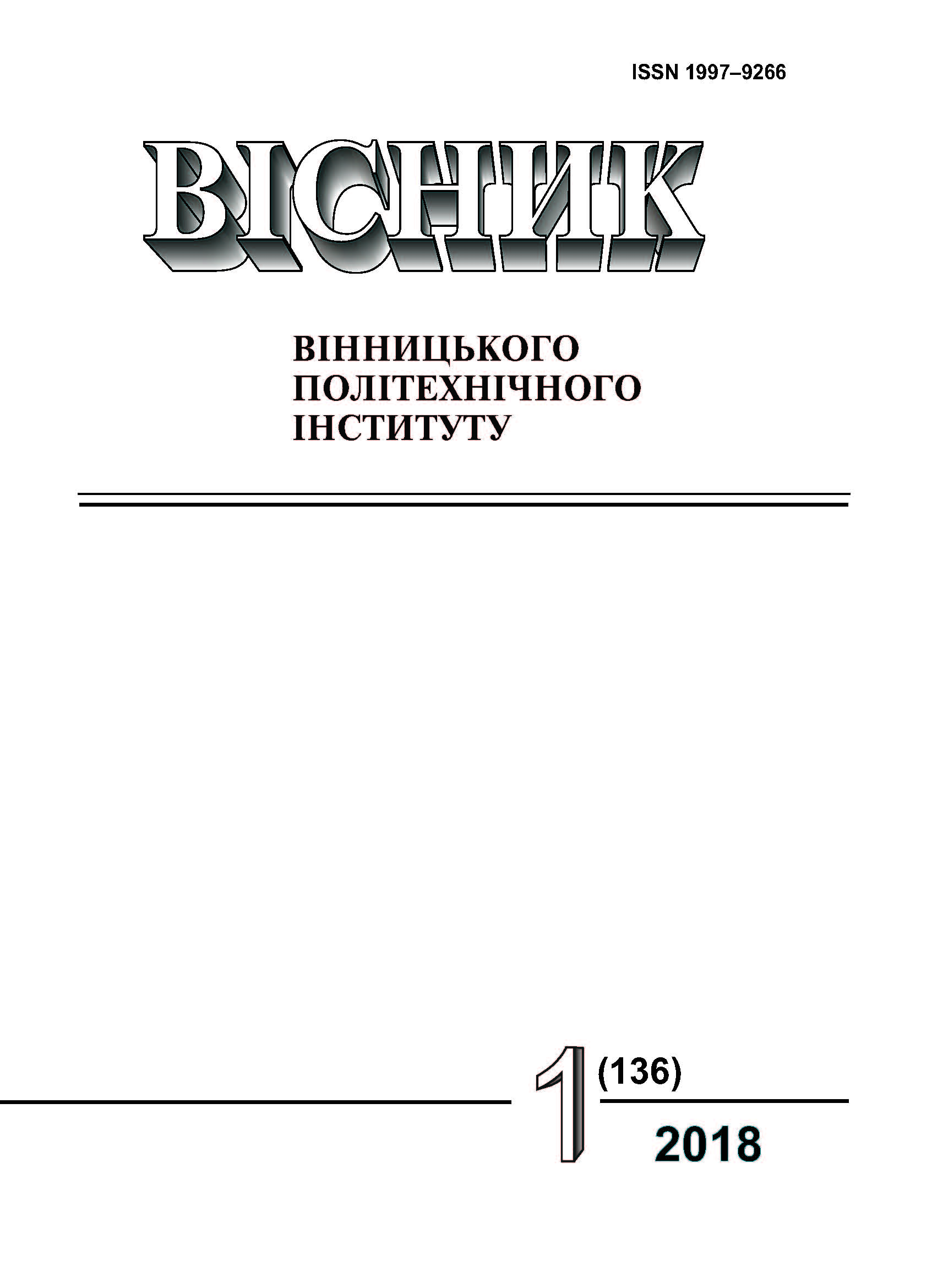Investigation of Properties of Urea-formaldehyde Thermal Insulating Material Using Mineral Fillers
Keywords:
carbamideformaldehyde resin, mineral filler, granular filler, foaming, hardening, density, strength characteristics, structureAbstract
The creation of new and perfection of traditional building materials belong to the number of major scientifically — technical problems of contemporaneity. In an equal degree it touches technology of various heat-insulation materials. Especially it is topically for their application in civil and industrial building and reconstruction of existent housing fund.
Foam-based on the basis of urea oligomers is one of the first heat-insulating materials, which have found wide application as a heat-insulating material. Heat-insulating materials based on foamed carbamide-formaldehyde resins have several advantages over other foamed polymeric materials. They are not flammable, they can be used to produce cheaper raw materials, the technology of foaming is simple to execute and does not require expensive equipment. Filling of foam can be carried out in forms in the conditions of the shop, as well as in the technological cavity of masonry of the walls of buildings on the site of construction.
In this article there have been investigated the properties of block thermal insulation materials made on basis of carbamideformaldehyde binder and granular filler based on liquid glass, obtained by chemical foaming using various mineral fillers. There has been considered the influence of fillers on density, compression strength and bending and block structure.
It is shown that the introduction into the urea formaldehyde composition of the mineral filler allows obtaining sufficiently strong and non-shrinking foam materials with low density indices and a homogeneous finely porous structure. In the study of the properties and structures of thermal insulation materials, it has been found that the best mineral filler is alabaster. The samples obtained with its use, are characterized by high porosity, which positively affects the thermal insulation characteristics of foam materials, and rather high strength indicators, which allows the material to be transported without significant damage.
References
[2] Е. А. Новиковский «Оптимизация технологии вспенивания карбамидоформальдегидных смол». Деп. в Ползуновский Альманах, г. Барнаул, № 2, с. 3, 2009.
[3] Е. Ю. Крючкова, и Т. Э. Рымар «Исследование свойств гранулированного теплоизоляционного материала на основе жидкого стекла и различных наполнителей». Вісник Національного Технічного Університету «ХПІ», № 30, с. 59-65, 2015.
[4] В. М. Четвериков, Д. Д. Смирнов, А. Е. Абрамешин, и А. С. Гузенкова «Зависимость диэлектрической проницаемости композита от концентрации и способа введения проводящего наполнителя». Качество. Инновации. Образование, № 12 (103), с. 63-67, 2013.
[5] Т. Н. Филатова, и Т. Н. Гиренко «Повышение физико-механических свойств полимерных материалов путем введения нанодисперсных наполнителей». Вопросы радиоэлектроники, № 4, с. 73-78, 2009.
[6] Гипс [Электронный ресурс]. Режим доступа: http://antclub.ru/masterskaya/napolniteli/gips .
[7] Взаимодействие цемента с водой и химический состав новообразований [Электронный ресурс]. Режим доступа: http://www.masterbetonov.ru/content/view/17912/341/ .
Downloads
-
PDF (Українська)
Downloads: 123
Published
How to Cite
Issue
Section
License
Authors who publish with this journal agree to the following terms:
- Authors retain copyright and grant the journal right of first publication.
- Authors are able to enter into separate, additional contractual arrangements for the non-exclusive distribution of the journal's published version of the work (e.g., post it to an institutional repository or publish it in a book), with an acknowledgment of its initial publication in this journal.
- Authors are permitted and encouraged to post their work online (e.g., in institutional repositories or on their website) prior to and during the submission process, as it can lead to productive exchanges, as well as earlier and greater citation of published work (See The Effect of Open Access).





